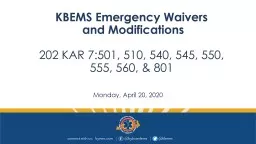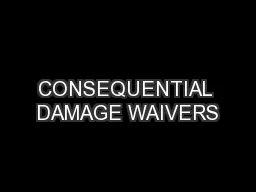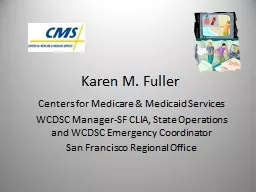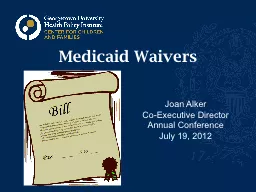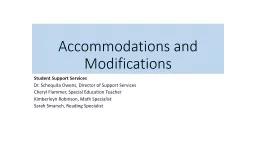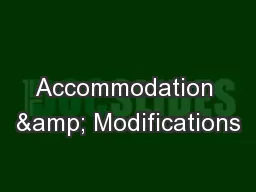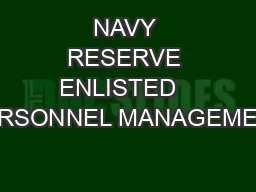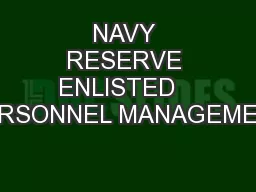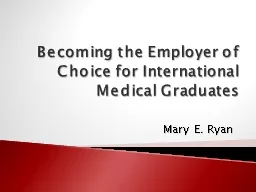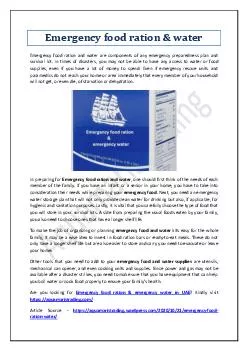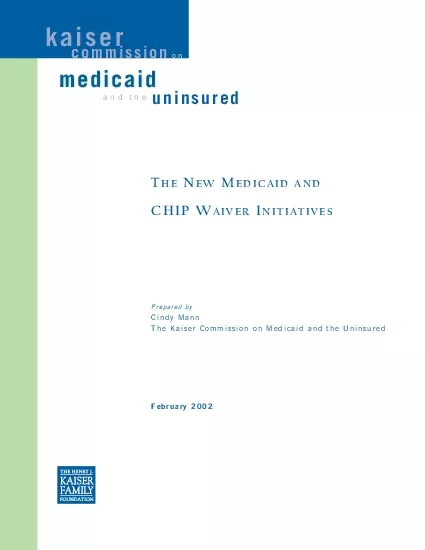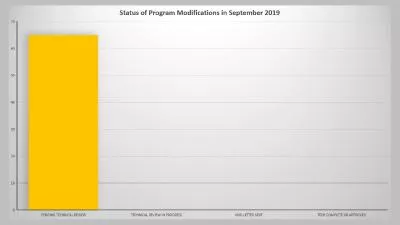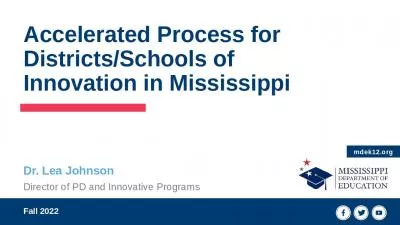PPT-KBEMS Emergency Waivers and Modifications
Author : deborah | Published Date : 2022-06-11
202 KAR 7501 510 540 545 550 555 560 amp 801 Monday April 20 2020 Format For Todays Call All callers will be muted Each regulation will be presented with its modifications
Presentation Embed Code
Download Presentation
Download Presentation The PPT/PDF document "KBEMS Emergency Waivers and Modificatio..." is the property of its rightful owner. Permission is granted to download and print the materials on this website for personal, non-commercial use only, and to display it on your personal computer provided you do not modify the materials and that you retain all copyright notices contained in the materials. By downloading content from our website, you accept the terms of this agreement.
KBEMS Emergency Waivers and Modifications: Transcript
Download Rules Of Document
"KBEMS Emergency Waivers and Modifications"The content belongs to its owner. You may download and print it for personal use, without modification, and keep all copyright notices. By downloading, you agree to these terms.
Related Documents

